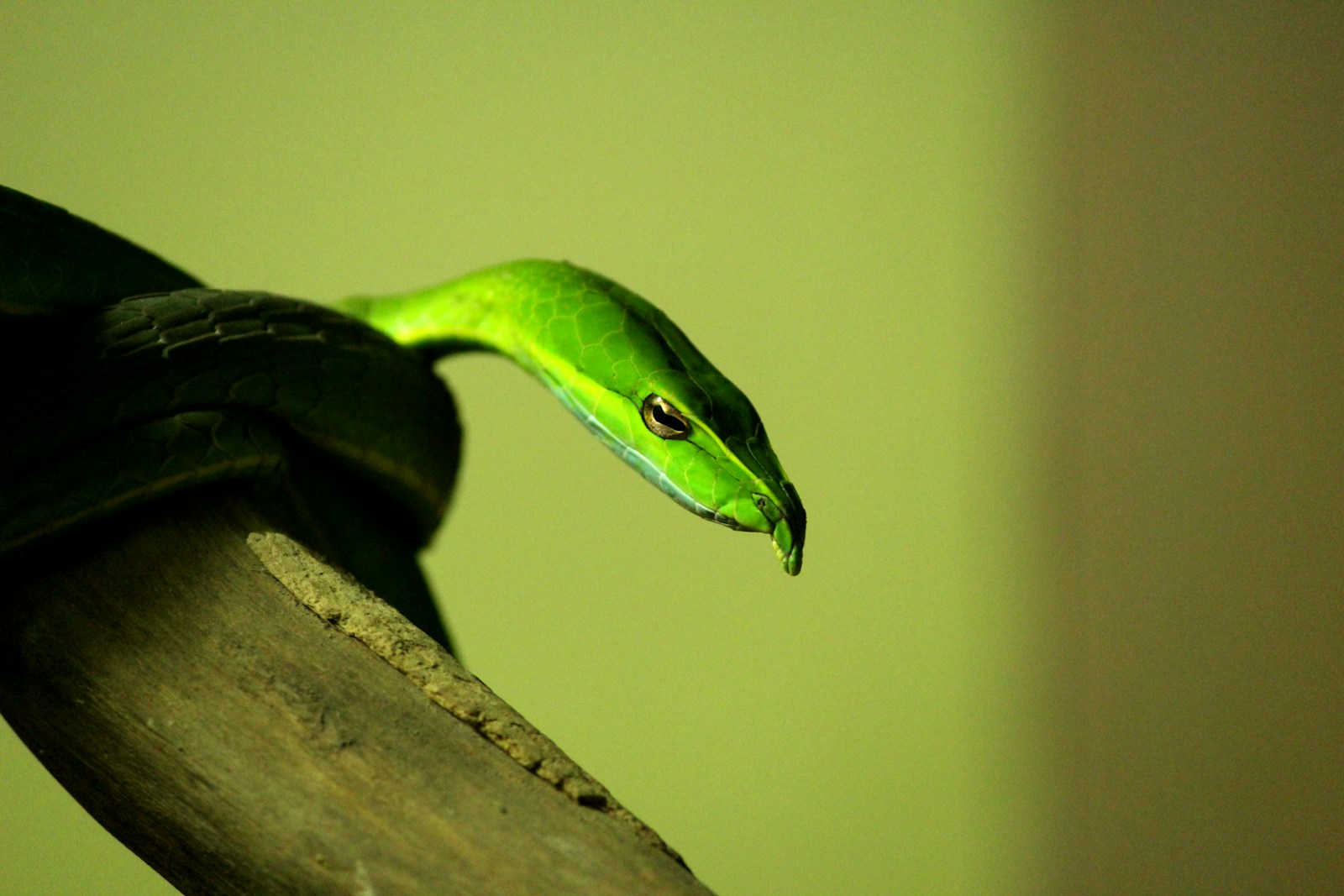The Fascinating World of Snake Defense Mechanisms
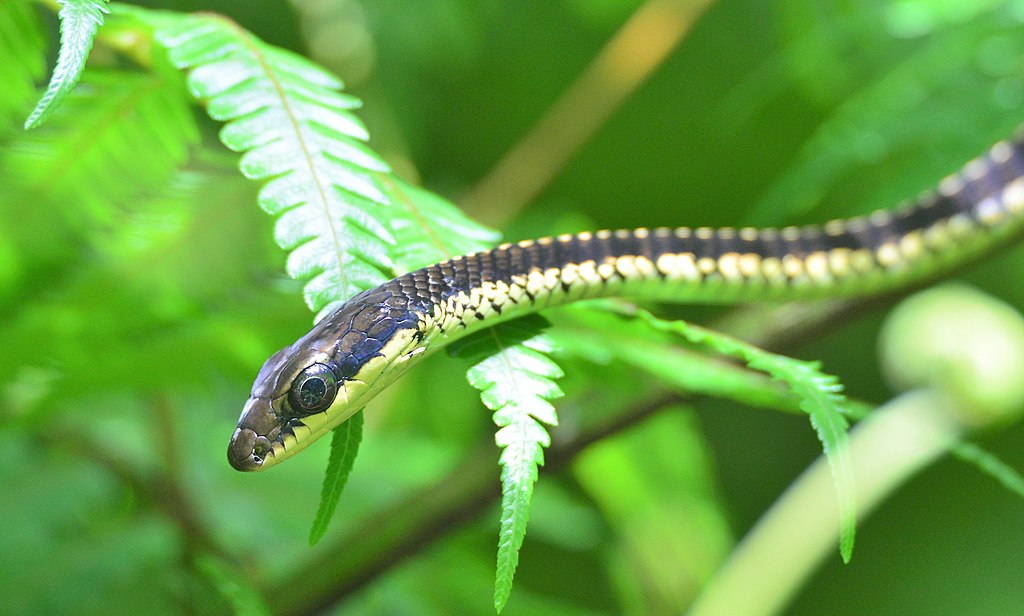
In the complex ecosystem of predator-prey relationships, animals have evolved remarkable strategies to survive. Among these creatures, snakes stand out for their diverse defensive adaptations that help them evade predation. While venomous bites and camouflage might be more commonly known tactics, some snake species employ a particularly mesmerizing strategy – rhythmic body swaying to confuse would-be attackers. This behavior, sometimes called defensive oscillation or rhythmic defensive swaying, represents one of nature’s most hypnotic survival mechanisms. By creating visual confusion through movement, these serpents gain precious seconds to escape or prepare a more direct defense, turning their flexible bodies into tools of deception rather than just locomotion.
The Master of Deception: The Vine Snake
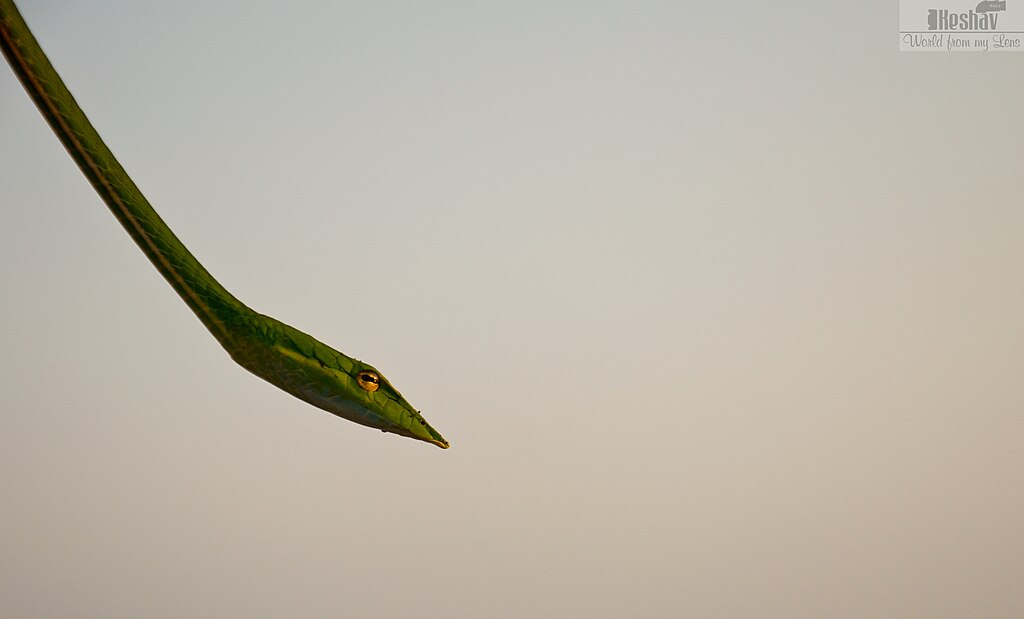
Among the most skilled practitioners of this defensive swaying is the vine snake (Ahaetulla genus), a slender, elongated arboreal species found primarily in tropical forests across Asia. With their incredible green camouflage and twig-like appearance, these snakes already blend perfectly with their leafy environment. When threatened, vine snakes elevate their defensive strategy by performing a mesmerizing side-to-side swaying motion that makes them appear like branches moving in a gentle breeze. This behavior is particularly effective because it combines with their already exceptional camouflage, making it difficult for predators to distinguish between an actual vine swaying in the wind and the snake’s defensive movement. Their pencil-thin bodies and pointed heads enhance this illusion, creating a comprehensive deceptive package that has evolved over millions of years.
The Science Behind the Swaying
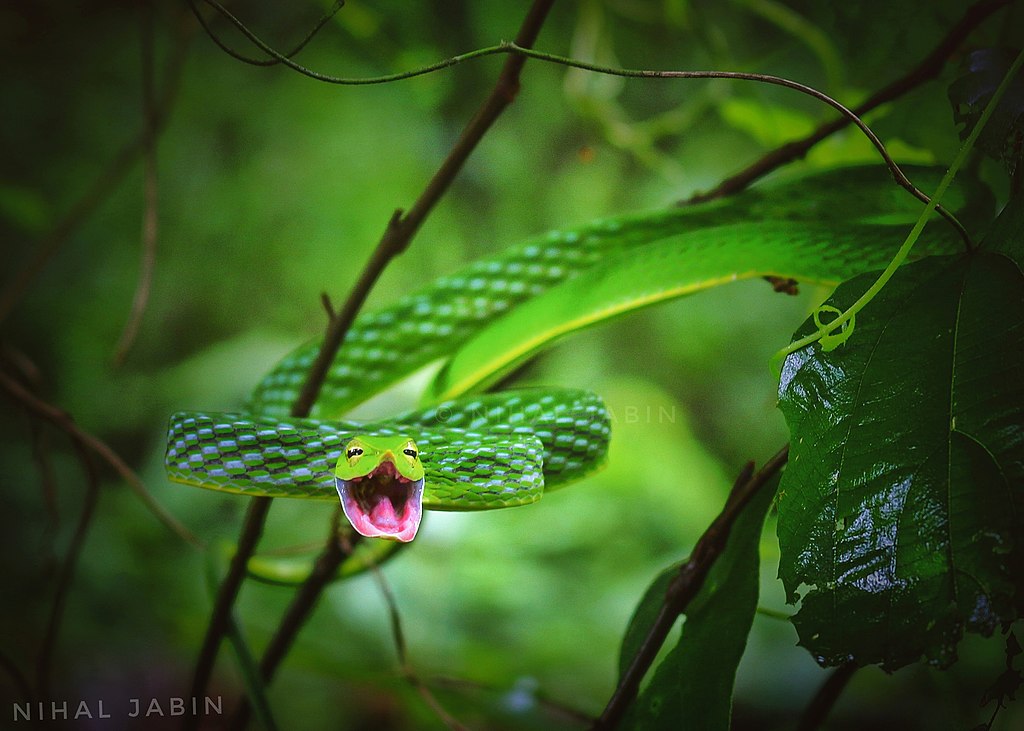
The effectiveness of defensive swaying lies in its exploitation of predator visual processing systems. Many predators, especially birds and mammals, have visual systems optimized to detect prey through movement detection. When a snake sways rhythmically, it creates what scientists call a “flicker fusion effect” – a visual phenomenon where the continuous movement becomes difficult for predators to process accurately. This confusion affects the predator’s depth perception and ability to pinpoint the snake’s exact location, making a successful strike much more challenging. Research suggests that this swaying motion may specifically interfere with the motion-sensitive neurons in predator visual cortexes, essentially creating a form of natural optical illusion. The precise rhythm of the swaying seems calibrated to maximize this disruptive effect, demonstrating how finely tuned evolutionary adaptations can be.
The Asian Vine Snake’s Perfect Performance
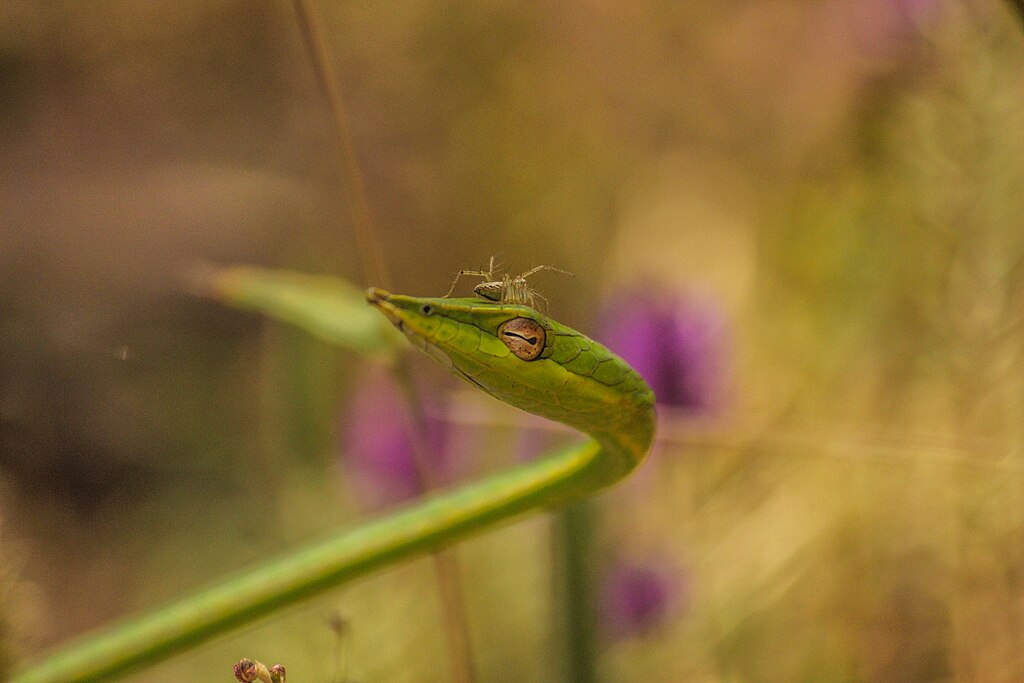
The Asian vine snake (Ahaetulla prasina) has perfected the art of defensive swaying to an extraordinary degree. When threatened, this slender green serpent not only sways its body but does so while extending the front third of its body straight outward, creating a longer, more exaggerated swaying motion. This species enhances the effect by opening its mouth slightly, revealing a contrasting black interior that creates a visual focal point amid the swaying movement. The snake maintains this display with remarkable endurance, sometimes continuing for 20-30 minutes if the threat persists. Herpetologists studying this behavior have noted that individual snakes seem to adjust their swaying speed and amplitude based on the perceived threat level, demonstrating a sophisticated threat assessment capability rather than a simple reflexive response.
The African Bush Snake’s Variation
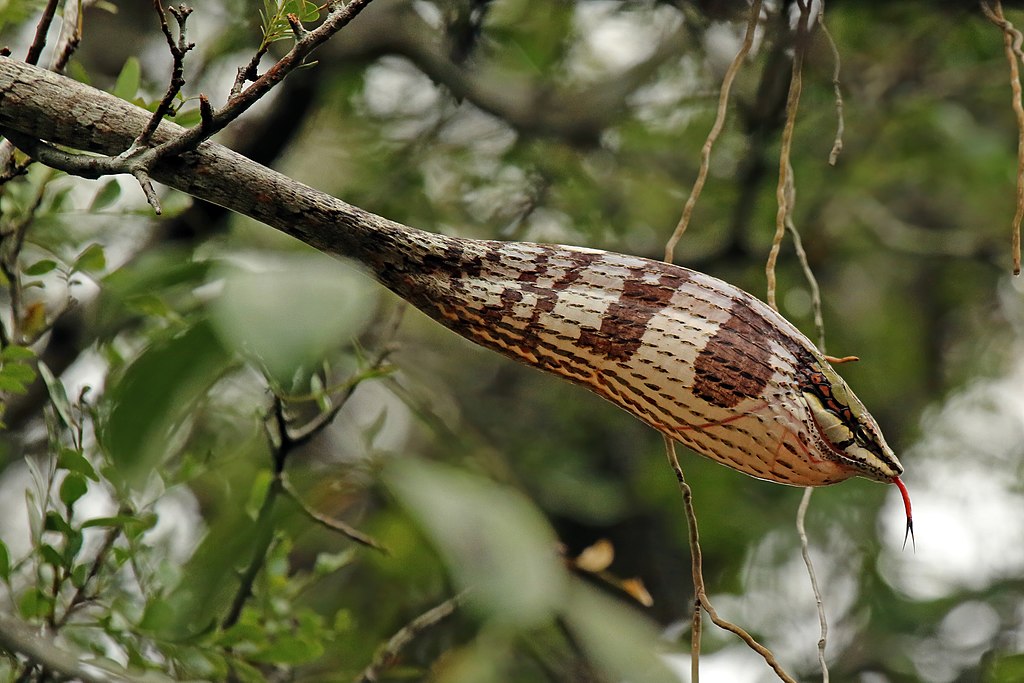
In the forests of Africa, the bush snake (Philothamnus species) employs its own version of defensive swaying with distinctive characteristics. Unlike some Asian counterparts, the African bush snake incorporates vertical undulations along with horizontal swaying, creating a more complex, three-dimensional movement pattern. This species often positions itself along thin branches where the swaying motion blends perfectly with the natural movement of vegetation in the breeze. When executing this defense, the bush snake will flatten its body slightly to increase its surface area, maximizing the visual impact of its swaying display. Researchers have observed that these snakes will typically maintain eye contact with the threat while swaying, suggesting the behavior is not just about passive camouflage but an active visual confusion tactic directed specifically at the predator’s visual system.
The Thread Snake’s Miniature Deception
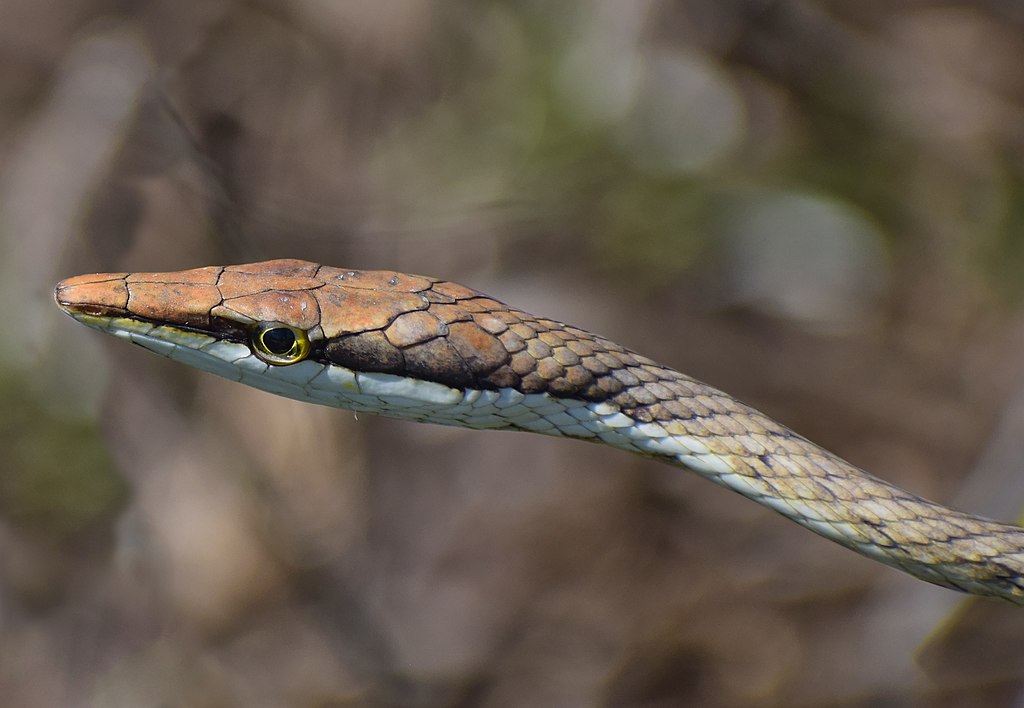
Even among the world’s smallest snakes, the defensive swaying behavior appears in specialized forms. The thread snake (Leptotyphlops species), despite measuring just a few inches long, exhibits a distinctive swaying defense when threatened. These diminutive serpents, often mistaken for earthworms, raise their tiny bodies and perform rapid side-to-side movements that make their already small target even harder to pinpoint. The thread snake’s version of this defense is particularly interesting because it demonstrates how this strategy scales effectively across dramatically different body sizes in the snake world. Their tiny swaying displays create a proportionally significant visual disturbance despite their small size. This adaptation showcases how even the most miniature reptiles can employ sophisticated behavioral defenses rather than relying solely on hiding or fleeing.
When Swaying Combines with Other Defenses
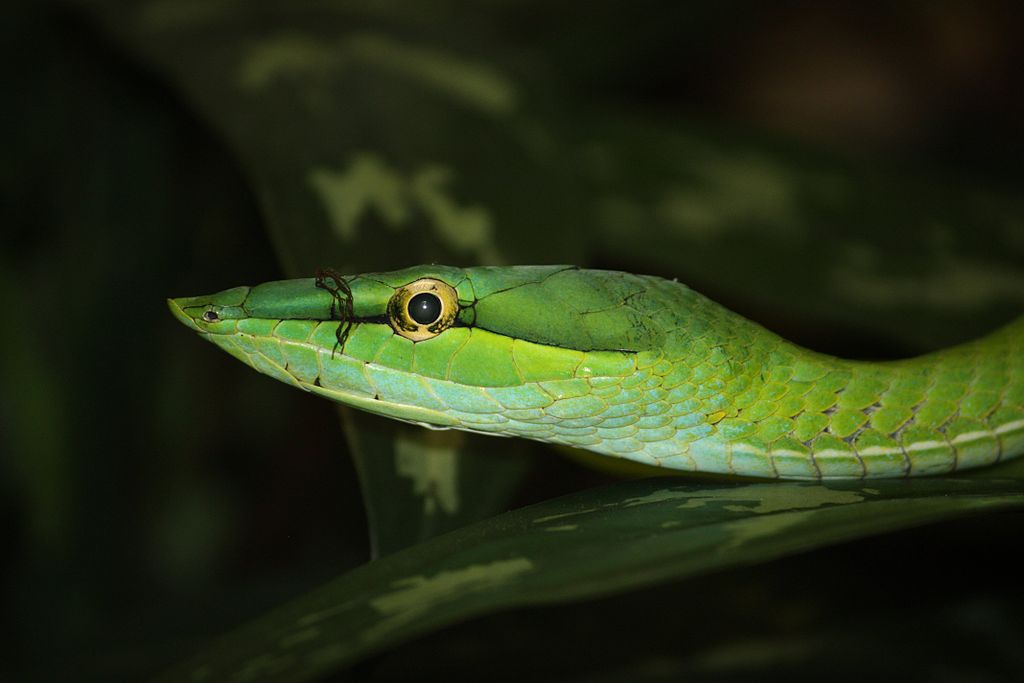
The defensive swaying behavior rarely exists in isolation but frequently forms part of a coordinated defensive repertoire that escalates in response to continued threats. Many swaying species begin with this passive defense but will transition to more aggressive displays if the threat persists. For instance, the vine snake may start with gentle swaying but escalate to mouth-gaping, hissing, or even striking if the predator remains undeterred. Some species combine swaying with defensive secretions, releasing unpleasant odors from specialized glands while maintaining their hypnotic movement. This multi-layered defense strategy maximizes survival chances by first attempting to confuse the predator visually, then employing more direct deterrents if necessary. The sequence of these defensive behaviors often follows a remarkably consistent pattern across individuals of the same species, suggesting a genetically programmed response cascade rather than learned behavior.
Evolutionary Origins of the Swaying Defense

Evolutionary biologists believe the swaying defense mechanism evolved independently multiple times across different snake lineages, a classic example of convergent evolution where similar environmental pressures lead to comparable adaptations. The behavior likely originated from the natural swaying motion snakes use when preparing to strike or when searching for prey, which was then modified and exaggerated for defensive purposes. Phylogenetic studies suggest the behavior first appeared in arboreal species where mimicking moving vegetation would provide the most significant survival advantage. The complex neural circuitry required to maintain rhythmic swaying while remaining alert to the threat demonstrates the sophisticated nervous system evolution in these reptiles. Fossil evidence is sparse for behavioral traits, but comparative studies of modern species provide clues to how this defense mechanism likely developed over millions of years across different snake families.
Regional Variations in Swaying Behavior
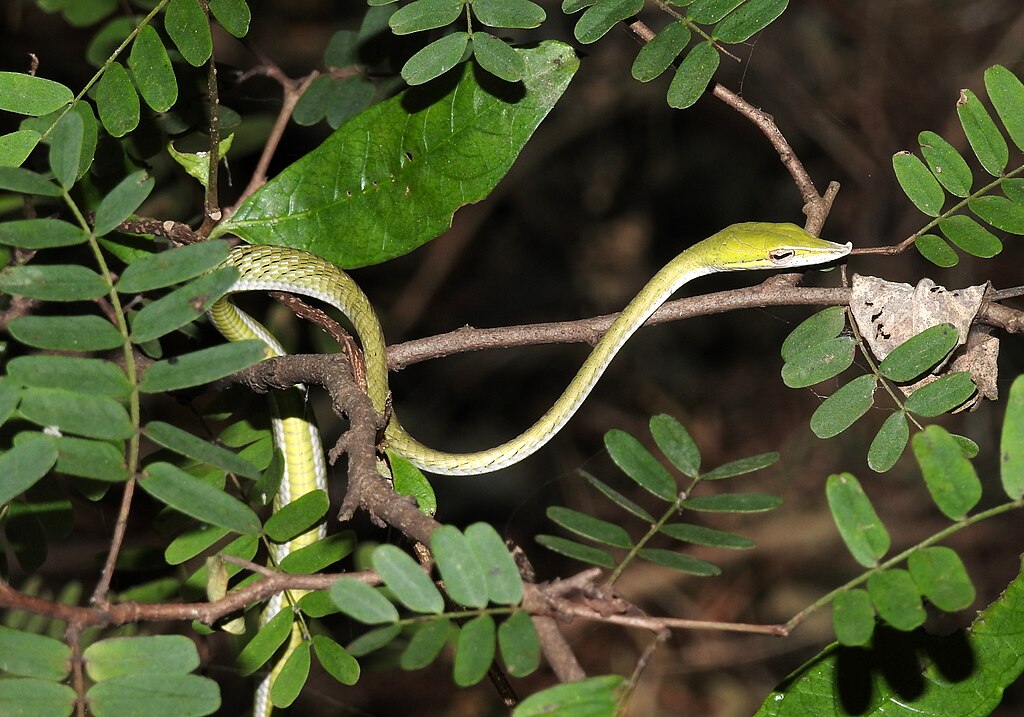
Researchers have documented fascinating regional variations in how snakes perform their defensive swaying, suggesting local adaptation to specific predator threats. In Southeast Asian rainforests, vine snakes display slower, more deliberate sways that match the gentle air movements typical of dense forest understories. By contrast, vine snake relatives in more open savanna habitats exhibit faster, more erratic swaying patterns that correspond to the more turbulent wind conditions of their environment. These regional differences extend to timing and duration as well, with some populations maintaining the display for extended periods while others perform brief but intense swaying sessions. Such geographic variation provides valuable insights into the fine-tuning of defensive behaviors through natural selection, demonstrating how predator-prey dynamics shape behavioral traits across different ecosystems and habitats.
Predator-Specific Defensive Swaying
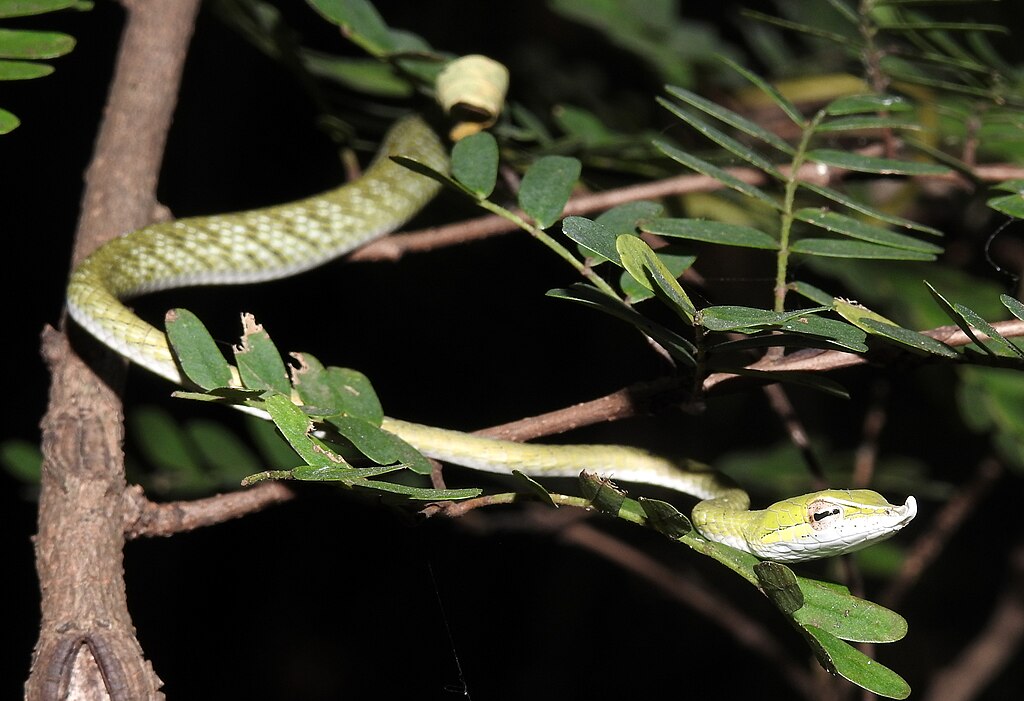
Perhaps most remarkably, recent studies indicate that some snake species modify their swaying behavior based on the specific type of predator they face. When confronted with avian predators like hawks or eagles, certain vine snakes produce more pronounced horizontal movements that exploit birds’ known visual tracking weaknesses. When facing mammalian threats like mongooses or civets, these same snakes incorporate more vertical components into their swaying, potentially confusing the different visual processing systems of these predators. This ability to customize defensive displays suggests a sophisticated threat recognition capability previously underappreciated in reptiles. Experimental studies using predator models have confirmed these differential responses, revealing a level of cognitive sophistication that challenges traditional views of reptilian behavioral complexity and adaptation.
The Energetic Cost of Swaying
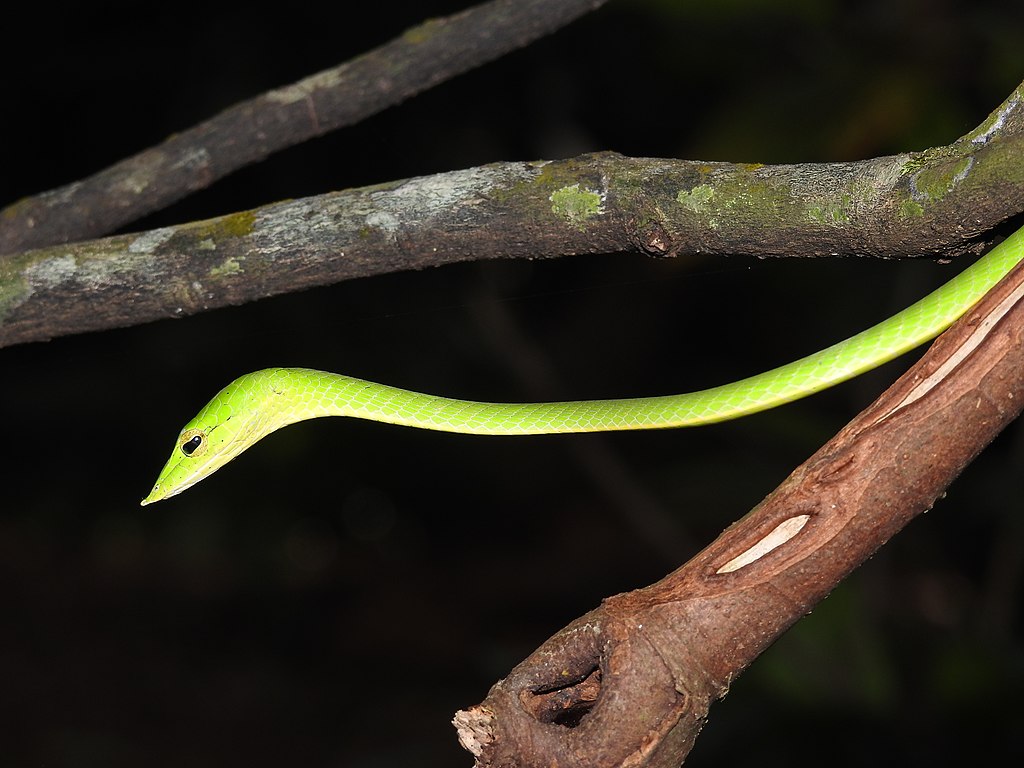
Maintaining rhythmic swaying movements requires significant energy expenditure for these ectothermic animals, representing an important ecological trade-off. Physiological measurements indicate that actively swaying snakes can increase their metabolic rate by 30-45% compared to resting states, a substantial energy investment for animals that typically conserve energy between infrequent meals. This energetic cost explains why most species only maintain the behavior when directly threatened and cease swaying once the threat diminishes. The behavior may be particularly costly in cooler conditions when reptile metabolism is naturally slower, potentially explaining why some species employ alternative defensive strategies in different temperature ranges. Understanding these energetic constraints helps explain the precise circumstances under which swaying defense is deployed versus when a snake might choose to flee or remain motionless instead.
Mimicry or Genuine Defense? The Ongoing Debate
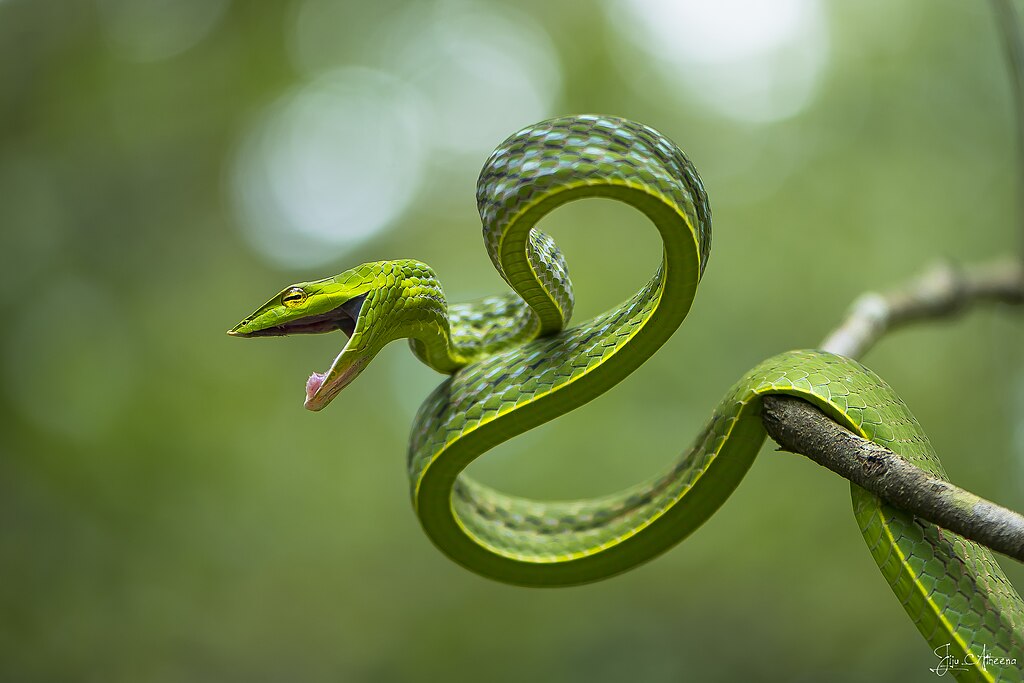
A fascinating scientific debate continues about whether some instances of defensive swaying represent true anti-predator behavior or a form of mimicry of more dangerous species. Some herpetologists propose that certain non-venomous snakes may sway in patterns similar to those of venomous species, potentially benefiting from predators’ learned avoidance of dangerous serpents. This hypothesis is supported by observations that some harmless species perform swaying displays remarkably similar to those of venomous snakes that share their habitat range. Alternative views suggest the similarities are coincidental, resulting from the limited ways a snake’s body can effectively create visual confusion. Resolving this debate requires careful comparative studies of swaying patterns across venomous and non-venomous species, combined with predator response experiments to determine if the mimicry, if present, confers actual survival advantages.
Conservation Implications for Swaying Snake Species

Many of the snake species known for their distinctive swaying defenses face significant conservation challenges due to habitat loss and fragmentation. The specialized arboreal environments required by vine snakes and similar species are particularly vulnerable to deforestation and climate change impacts. The complex defensive behaviors these snakes have evolved over millions of years may become evolutionary dead ends if their natural habitats continue to disappear at current rates. Conservation efforts focused on these species increasingly highlight their unique behavioral adaptations to raise public awareness and support for their protection. Understanding these sophisticated defensive strategies provides additional perspectives on biodiversity beyond simple species counts, emphasizing the importance of preserving not just the animals themselves but the ecological contexts that shaped their remarkable behaviors.
A Delicate Dance of Survival
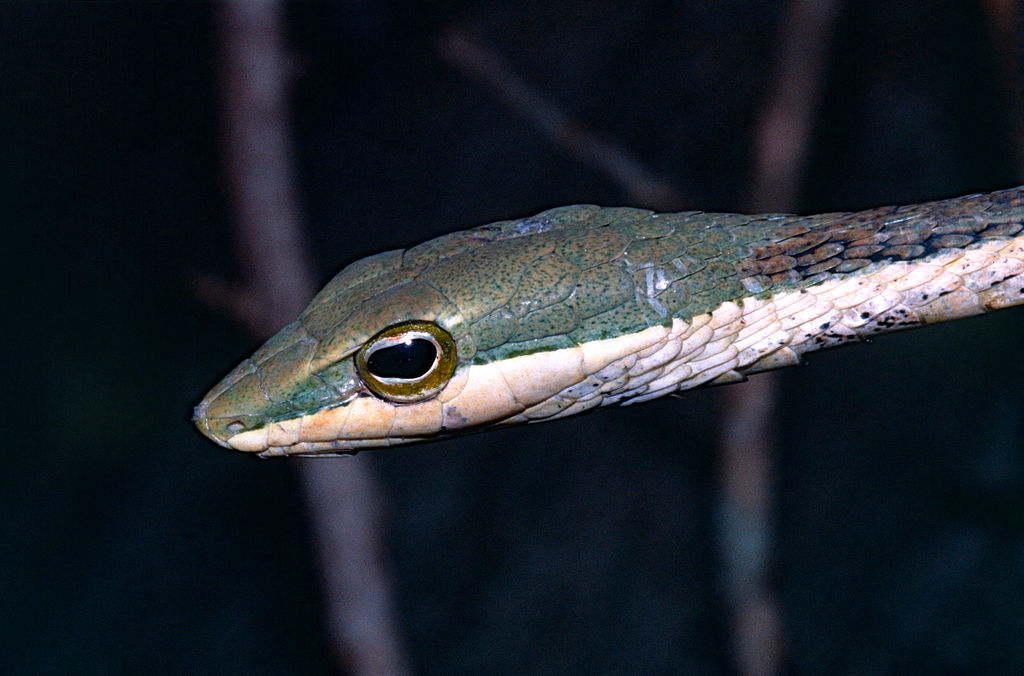
The swaying defense mechanism of certain snake species represents one of nature’s most elegant examples of behavioral adaptation. This hypnotic motion, refined over millions of years of evolution, transforms these serpents from potential prey into moving puzzles that confound predator perception. Beyond its practical defensive function, this behavior offers scientists valuable insights into visual processing, predator-prey co-evolution, and the sophisticated neural control systems that allow such precise, sustained movements. As research continues to uncover the nuances of this fascinating behavior, we gain deeper appreciation for the complex strategies that emerge from natural selection’s relentless pressure. The swaying snake stands as a testament to the endless ingenuity of evolutionary adaptation – turning the simple act of movement into an effective shield against the dangers of the natural world.

